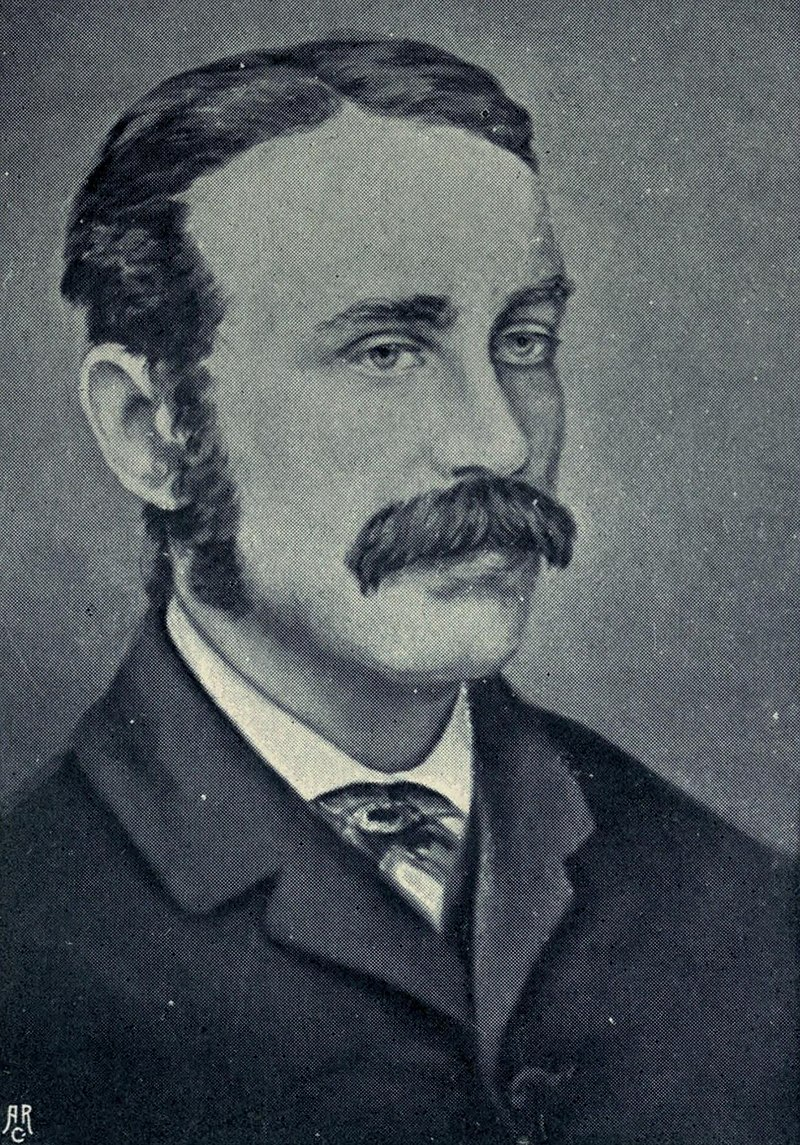Title of the work
Country of the First Edition
Country/countries of popularity
Original Language
First Edition Date
First Edition Details
Walter Pater, Errol Le Cain, Cupid and Psyche. London: Faber & Faber, 1977, 48 pp.
ISBN
Genre
Illustrated works
Picture books
Target Audience
Crossover
Cover

We are still trying to obtain permission for posting the original cover.
Author of the Entry:
Elizabeth Hale, University of New England, ehale@une.edu.au
Peer-reviewer of the Entry:
Daniel A. Nkemleke, University of Yaoundé 1, nkemlekedan@yahoo.com
Elżbieta Olechowska, University of Warsaw, elzbieta.olechowska@gmail.com

Errol le Cain
, 1941 - 1989
(Illustrator)
Errol Le Cain was born in Singapore, spent his childhood and youth in South East Asia including India, then immigrated to the United Kingdom, where he lived and worked as an animator and illustrator. He illustrated over 40 books for young readers, including Sir Orfeo and Cupid and Psyche (1977). His work is known for its blend of influences from around the world.
Bio prepared by Elizabeth Hale, University of New England, ehale@une.edu.au

Walter Pater, oil painting of Walter Pater. Retrieved from Wikipedia, public domain (accessed: January 10, 2022).
Walter Pater
, 1839 - 1894
(Author)
Walter Pater (1839–1894) was born in London and died in Oxford. He was a leading late nineteenth-century English essayist and critic of art and culture, and was influential in the aesthetics movement. His best-known works include the novel Marius the Epicurean (1885), a philosophical novel which fictionalized ideas about Epicureanism through the coming of age story of a young Roman. His critical essays on Renaissance art and culture were published as Studies in the History of The Renaissance (1873) and were highly influential in nineteenth-century appreciation of Renaissance culture, especially Italian culture. His literary style was highly wrought and painstaking, and was influenced by his aesthetics. He is known as a forerunner of the Decadent movement, in which writers such as Oscar Wilde and Algernon Swinburne explored ideas in his work: for instance, the concept of ‘art for art’s sake,’ which he put forth in the end of Studies in the History of the Renaissance.
Sources:
victorianweb.org (accessed: March 20, 2020);
bl.uk (accessed: March 20, 2020);
bl.uk/collection (accessed: March 20, 2020).
Bio prepared by Elizabeth Hale, University of New England, ehale@une.edu.au
Summary
This lavish illustrated book retells the myth of Cupid and Psyche, drawing on the version best known from Apuleius’s Golden Ass, and which Pater retold in his novel, Marius the Epicurean. Beautiful Psyche is so stunning that the people neglect their worship of Aphrodite. She is removed, by her father, to a mysterious palace in the clouds, where she meets and falls in love with Cupid (Eros). At first he comes to her invisibly at night, but encouraged by her sisters, who come to visit her, she holds a light up to him, spilling wax on him by mistake when she sees his beauty. His identity is now revealed, and his mother, Aphrodite, is once more enraged, separating the lovers. Psyche on proves her love for Cupid, and placates her future mother-in-law, by carrying out tasks for her, which include venturing into the heart of Hades to request beauty cream from Persephone.
Analysis
In this retelling of the Cupid and Psyche myth, Pater uses an ornate, lapidarian style to retell the myth, perhaps influenced by the myth’s emphasis on beauty and the power of love, perhaps in a desire to convey antiquity. It was originally published in his philosophical novel, Marius the Epicurean, and this picture book extracts the story from there (much in the same way that the myth is originally presented as an inset in Apuleius’s Golden Ass). Le Cain’s remarkable illustrations complement Pater’s style, with sinuous and oriental curves dominating. The influence of the Decadent artist, Aubrey Beardsley can be seen in Le Cain’s choice of a black-and-white palette, and the sinuous curves of characters and landscape. This lavish and beautiful retelling emphasizes the fairy-tale qualities of the story (another visual influence may be the Danish fairy-tale illustrator, Kay Nielsen), and highlights its focus on aspects of love and beauty.


